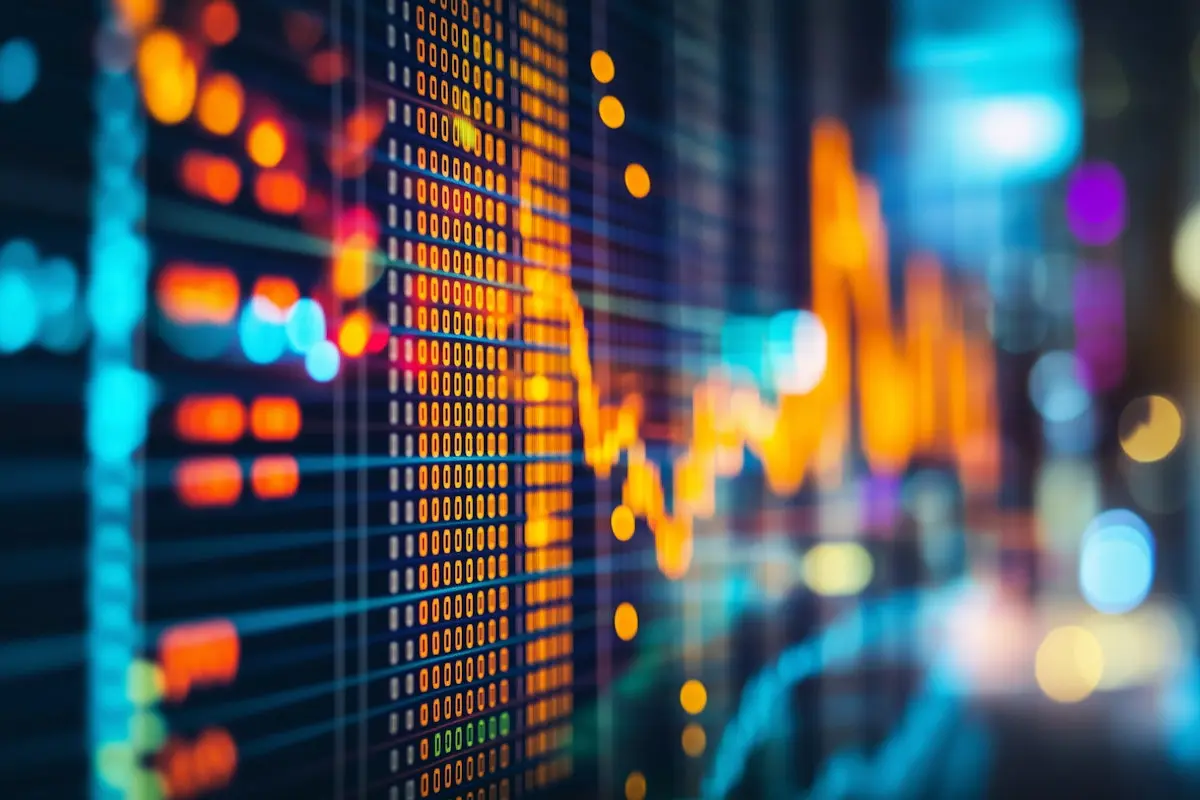"Money": Part 2 - Story of Money

I wanted to write about complexities of dealing with Money in software engineering, but I thought story of money itself is quite intriguing, and at the same time it will help with understanding the "why" behind the complexities.
What is it?
Money is means of exchanging, storing, or measuring wealth. It's an indirect way of trading as opposed to direct method (bartering). It's a mark of debt. It's IOU ("I Owe You").
When did it all start?
Because of the complexities of ancient history, the exact origins of bartering and money are unknown. However, there is evidence that accounting records – in the monetary sense of the term accounting – go back more than 7,000 years to Mesopotamia. David Graeber proposes that money as a unit of account was invented when the unquantifiable obligation "I owe you one" transformed into the quantifiable notion of "I owe you one unit of something".
There is evidence of early standardized units of account or proto-money being used in the ancient empires of Egypt, Babylon, India, and China which were in the form of clay tokens. These clay tokens were used for record-keeping and managing debts.
Earliest examples of metal coins have been found from the 1st millennium BCE to the 6th century BCE in Greece, Turkey, India, and China. Golden coins date back to ~500 BCE - The gold "Croeseids" of Lydia and "Persian daric". Later, silver, bronze, and iron were also used for minting coins. In Europe, Romans clearly documented their progress with usage of precious metals for coinage. In the early 17th century, Sweden lacked precious metals, and so produced "plate money": large slabs of copper 50 cm or more in length and width, stamped with indications of their value.
The problem with precious metal coins was the "exchange rate". At what rate should these coins be exchanged together?
Beginning of Paper Money
Paper money was introduced in Song dynasty China during the 11th century. By the early 12th century, the banknotes issued in a single year amounted to 26 million strings of cash coins. In the 13th century, paper money became known in Europe through the accounts of travelers, such as Marco Polo and William of Rubruck. Marco Polo's account of paper money during the Yuan dynasty is the subject of a chapter of his book, The Travels of Marco Polo, titled "How the Great Kaan Causeth the Bark of Trees, Made into Something Like Paper, to Pass for Money All Over his Country".
In medieval Italy and Flanders, because of the insecurity and impracticality of transporting large sums of money over long distances, money traders started using "promissory notes." In the beginning, these were personally registered, but they soon became a written order to pay the amount to whoever had it in their possession. These notes can be seen as a predecessor to regular banknotes and were crucial in the development of early banking practices.
The Rise of Banks and National Currencies
Building on the use of promissory notes, early banks emerged as trusted intermediaries, offering safekeeping, facilitating loans, and exchanging currencies as trade expanded across Europe. This evolution eventually led to the establishment of central banks, starting with the Bank of England in 1694, which began issuing standardized notes backed by national governments. This era laid the foundation for modern national currencies by introducing the concept of institutional backing alongside commodity backing.
The Gold Standard and Its Fall
By the 19th century, many countries adopted the gold standard - tying their currencies to a fixed amount of gold. It brought stability and predictability to international trade but also made economies vulnerable during crises. The Great Depression and the World Wars put enormous pressure on the system. Eventually, the U.S. officially abandoned the gold standard in 1971, marking a definitive shift to fiat money - currency backed by governments - trust in institutions -, not gold.
The Age of Plastic: Credit and Debit Cards
In the mid-20th century, money began to evolve again - this time into plastic. Credit cards emerged in the 1950s, followed by debit cards. This changed consumer behavior, making spending easier and more accessible. It also signaled a deeper shift: money was becoming less physical and more about digital representations, numbers on a screen rather than notes in a wallet.
The Digital Revolution and Online Banking
With the rise of the internet in the 1990s and 2000s, banking went online. People could transfer money, pay bills, and shop without ever touching cash. New payment platforms like PayPal made peer-to-peer transactions frictionless. The financial system was becoming faster, more global, and increasingly software-driven.
Mobile Payments and the App Economy
Smartphones took digital money mainstream. Apps like Apple Pay, Google Pay, and mobile wallets in developing countries turned phones into banks. Meanwhile, FinTech startups began offering everything from budgeting tools to investing platforms. For a growing number of people, their financial lives were now fully digital.
Cryptocurrencies and the Future of Money
Bitcoin’s launch in 2009 introduced a radical idea: money without governments or banks. Built on blockchain technology, cryptocurrencies promised decentralization and transparency. While still volatile and debated, crypto has sparked global conversations about privacy, inflation, and the very nature of value. Central banks have responded by exploring their own digital currencies (CBDCs), signaling that money’s next chapter may be even more transformative.